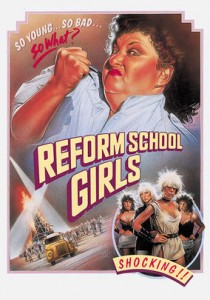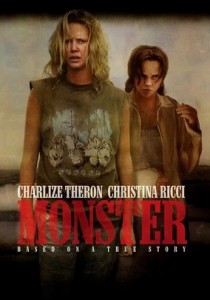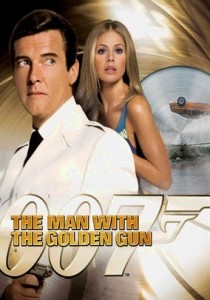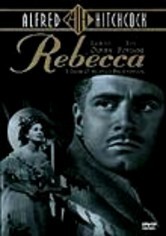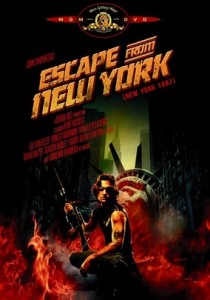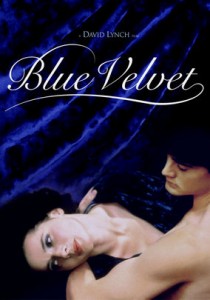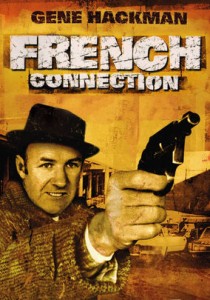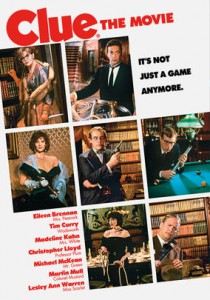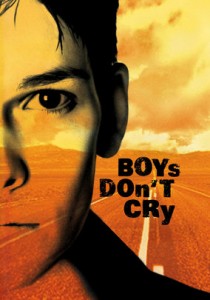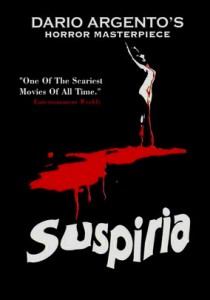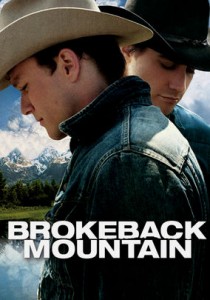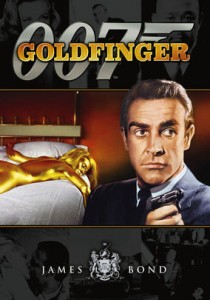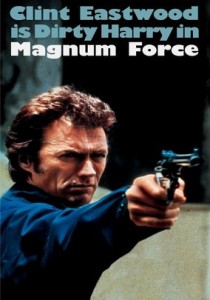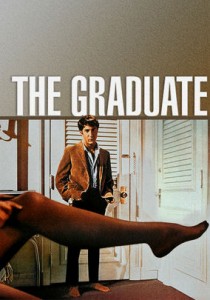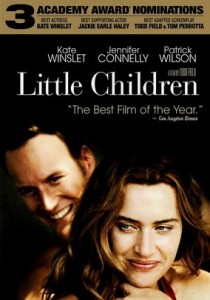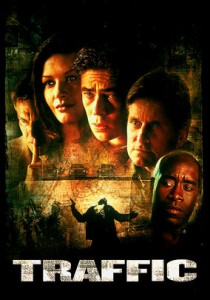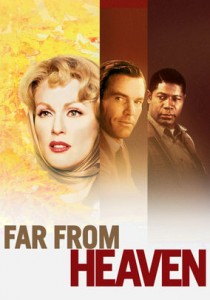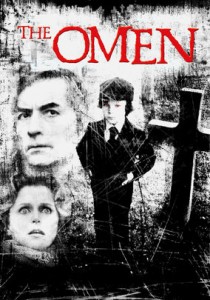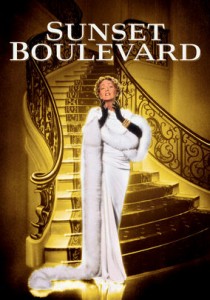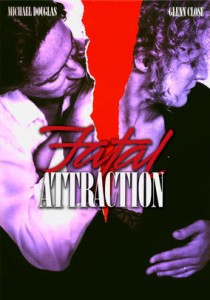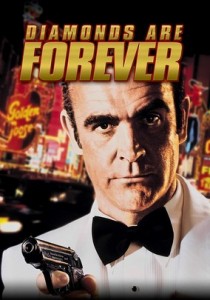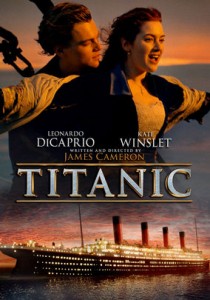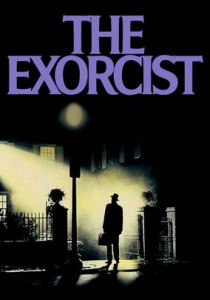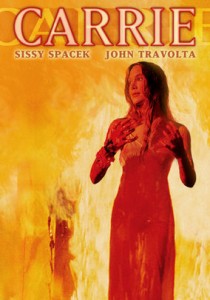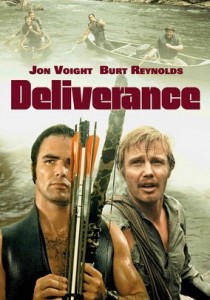Reform School Girls-1986
Director Tom DeSimone
Starring Linda Carol, Wendy O. Williams, Pat Ast
Top 100 Films-#100
Scott’s Review #348
Reviewed January 9, 2016
Grade: A
Let’s be honest here- Reform School Girls (1986) is neither a work of cinema art nor a particularly well-acted film.
From a critic’s perspective, it is riddled with stereotypes and objectifies women.
Still, it’s one of my favorite guilty pleasures and has an offbeat charm that makes me want to watch the film over and over again. I never tire of it. I also don’t think it should be reviled, but rather, revered.
There is a perverse magnificence to the film and some similarities to another cult gem- Russ Myers’s Faster Pussycat, Kill!… Kill! (1965)
Critics be damned- not every film needs to be high art!
One of my absolute favorite cult actresses, Pat Ast, famous for another cult gem, 1972’s Heat, stars in Reform School Girls as a vicious prison guard.
Alongside punk rocker turned actress, Wendy O. Williams, they make the film a guilty masterpiece as both women bring their share of odd energy and humor to the flick.
Sybil Danning co-stars as the corrupt Warden Sutter.
The plot of the film is pretty straightforward and it screams late-night fun.
A virginal teenage girl named Jenny is sent to a reform school run by the sinister warden and her sadistic and abusive henchwoman, Edna (Ast). While there, Jenny is intimidated by Charlie (Williams), who rules the roost via bullying and threats. Jenny is accompanied by several other terrified girls, who are stripped and degraded by Edna.
This leads to an attempted escape and protest scene by the girls and others as they try to remove themselves from their tormentors.
Reform School Girls is simply great fun.
The poor acting is actually a strength of the film as one scantily clad female after another prance around the reform school.
Wendy O. Williams regularly wears skimpy panties, bra, and heels, and is laughable playing a teenager since the actress was pushing forty years old.
The culmination of the film is fantastic as a chase ends up by an enormous tower on the grounds of the prison, resulting in the deaths of Charlie and Edna in a dramatic fashion.
Edna’s charred remains are met by an uproar of cheers by the inmates- I half expected them to burst into a chorus of “Ding Dong the Witch Is Dead”.
Reform School Girls (1986) is a perfect cult classic to enjoy on a late Saturday night.
